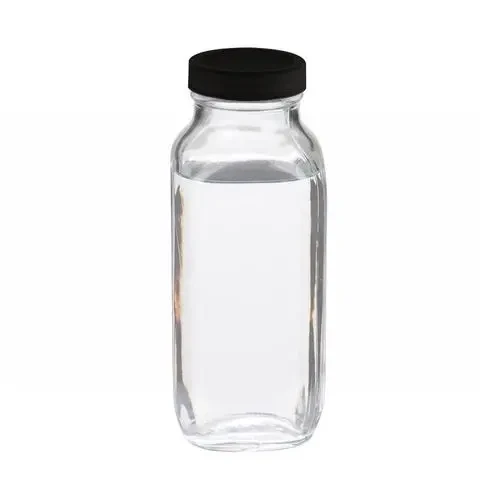Understanding the Reaction of Ammonium Thiocyanate with Silver Nitrate
Ammonium thiocyanate (NH4SCN) and silver nitrate (AgNO3) are two important chemical compounds widely studied for their unique properties and interactions. When these two substances are combined in a chemical reaction, they form silver thiocyanate (AgSCN) and ammonium nitrate (NH4NO3). This paper delves into the significance of this reaction, its applications, and the underlying chemical principles.
The Reaction
The chemical reaction between ammonium thiocyanate and silver nitrate can be represented by the following equation
\[ \text{NH}_4\text{SCN} + \text{AgNO}_3 \rightarrow \text{AgSCN} + \text{NH}_4\text{NO}_3 \]
In this reaction, the ammonium thiocyanate serves as a source of thiocyanate ions (SCN⁻), while silver nitrate provides silver ions (Ag⁺). The formation of silver thiocyanate, which is a white precipitate, is indicative of a double displacement reaction, also known as a metathesis reaction. This reaction is particularly noteworthy because it exemplifies the precipitation process, wherein an insoluble salt is formed from soluble reactants.
Significance of Silver Thiocyanate
Silver thiocyanate is a compound with several intriguing properties, making it a topic of interest in various fields, including chemistry, materials science, and biology. It has been studied for its use in silver-based sensors and photocatalysts due to its unique optical properties. Furthermore, AgSCN is known for its low solubility in water, which gives it utility in analytical chemistry as a standard for precipitating thiocyanate ions in quantitative analyses.
nh4scn agno3

Applications
1. Analytical Chemistry The reaction between NH4SCN and AgNO3 is frequently used in titrations to determine the concentration of thiocyanate ions in solution. By carefully controlling the conditions, chemists can achieve precise measurements that are critical in various analyses. 2. Materials Science Silver thiocyanate is explored for its potential in creating new materials due to its electronic properties. Research has shown that AgSCN can conduct ions, which positions it as a candidate for use in solid-state batteries and other electronic devices.
3. Biochemistry The ability of thiocyanate ions to interact with metal ions has implications in biochemistry, particularly in the study of enzyme activities and metabolic processes where metal ions play a crucial role. The formation of silver thiocyanate can be utilized in investigations into these areas.
Chemical Principles
The reaction between ammonium thiocyanate and silver nitrate illustrates fundamental concepts in chemistry, including solubility product principles, acid-base chemistry, and the dynamics of precipitation reactions. The double displacement reaction showcased here relies on the formation of a less soluble product, leading to precipitation. This behavior is pivotal for understanding other chemical processes and forms the basis for many qualitative analytical methods.
Conclusion
The interaction between ammonium thiocyanate and silver nitrate is not only a captivating example of chemical reactivity but also a gateway to numerous applications across scientific disciplines. From analytical chemistry to material innovation, the significance of this reaction extends beyond mere textbook examples, contributing to advancements in technology and our understanding of chemical behavior. As research in this area continues to evolve, it is likely that new applications and insights will emerge, further highlighting the importance of such seemingly simple yet profound chemical interactions.

